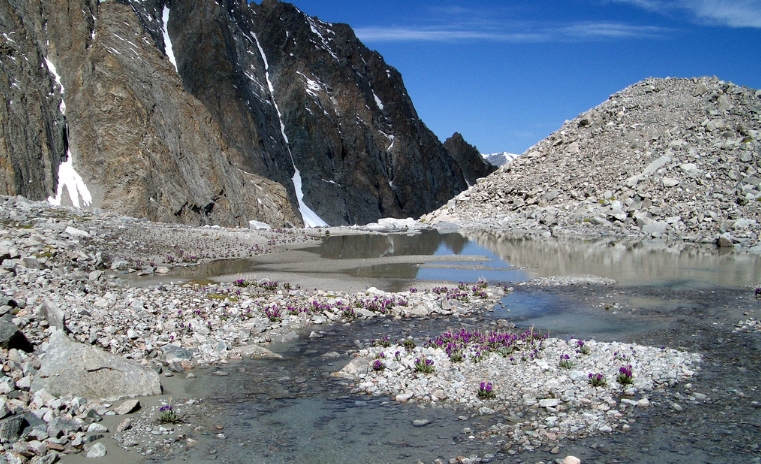Diastrophism: Understanding the Basics
Diastrophism refers to the process of deformation of the Earth’s crust due to tectonic plate movements. It involves the bending, folding, and faulting of rock layers, leading to the formation of mountain ranges, valleys, and other geological features.
The Role of Tectonic Plates
Tectonic plates are large pieces of the Earth’s crust that float on the semi-fluid asthenosphere beneath them. The movement of these plates, driven by heat and pressure from the Earth’s interior, plays a major role in diastrophism.
Types of Diastrophism
There are two main types of diastrophism: folding and faulting. Folding occurs when layers of rock are compressed and bent, leading to the formation of anticlines (upward folds) and synclines (downward folds). Faulting, on the other hand, occurs when rocks along a fault line break and move relative to each other.
Impacts of Diastrophism
Diastrophism has a significant impact on the Earth’s surface. It can result in the formation of mountain ranges, such as the Himalayas, and oceanic trenches, like the Mariana Trench. It can also lead to the creation of earthquakes and volcanic activity in certain regions.
Uncovering the Geological Forces
To better understand diastrophism, geologists use a variety of tools and techniques, including remote sensing, seismic surveys, and geological mapping. By studying the patterns of deformation in the Earth’s crust, they can unravel the geological forces at play and gain insights into the Earth’s dynamic processes.
Conclusion
Diastrophism is a fundamental geological process that shapes the Earth’s surface and plays a crucial role in the formation of its landscapes. By studying the forces behind diastrophism, geologists can uncover the mysteries of the Earth’s tectonic activities and gain a deeper understanding of the planet we call home.

